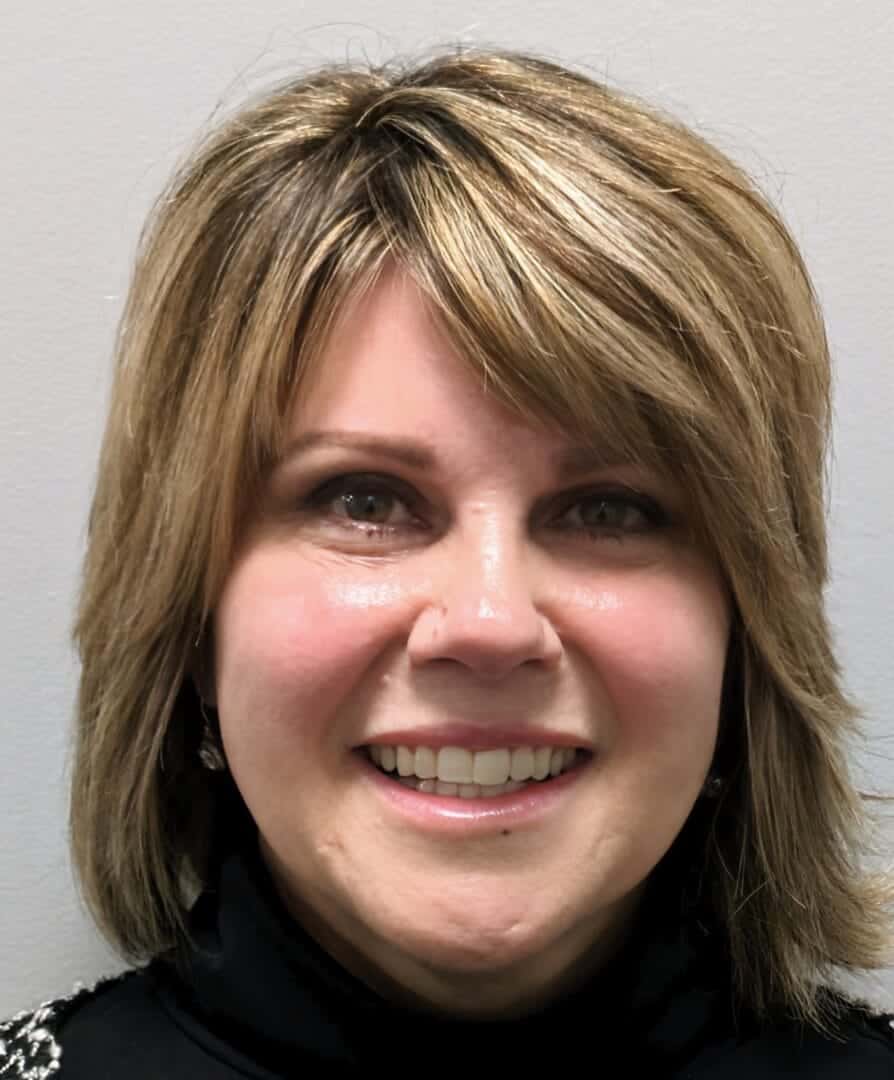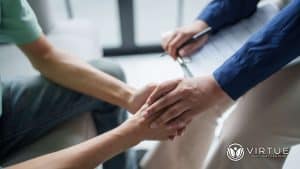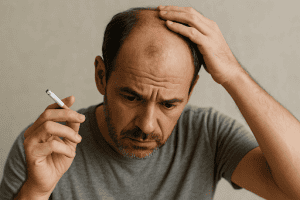Key Takeaways
-
Drug detox is a medically supervised way to deal with withdrawal symptoms from heroin and prescription opioids properly.
-
It prepares individuals for long-term recovery by assessing their needs, stabilizing them, and transitioning them into treatment.
-
After detox, programs like heroin addiction rehab and cognitive behavioral therapy (CBT) start to deal with the underlying psychological issues.
-
Detox is essential for properly breaking physical dependence and avoiding the hazardous effects of withdrawal.
-
Residential therapy and preparation for preventing relapse build on the success of detox to keep healing going.
Introduction
Heroin and prescription opioid addiction have a strong hold on people, both physically and mentally. Drug detox is frequently the first step toward getting your life back. It is a medically supervised treatment that helps with withdrawal symptoms and sets the stage for deeper therapy. If you don’t detox properly, the severity of opioid withdrawal can stop your recovery before it even starts. Detox is not the only answer. It opens the door to holistic rehabilitation programs that don’t simply help the body, but also the emotional and behavioral problems that keep people addicted. Detoxification helps individuals move beyond the crisis stage and into long-term health by providing medical monitoring and behavioral support.What Is the Need for Medical Detox for Opioid Withdrawal?
When you stop using heroin or prescription opioids like oxycodone, morphine, or fentanyl, you may have terrible symptoms like anxiety, nausea, muscle pain, insomnia, and intense drug cravings. Detoxing without supervision is not only uncomfortable, but it may also be dangerous because it can cause dehydration, heart strain, and a return to drug use. A medical drug detox program helps people slowly stop using opioids by giving them drugs and medical supervision. Buprenorphine and methadone are two typical medications that are used to help people feel better and get their bodies back to normal. Healthcare workers carefully monitor these drugs by closely tracking vital signs, adjusting doses as needed, and preventing complications from occurring. The CDC says that people with opioid use disorder need both medical and behavioral care, starting with detox. The withdrawal phase is not only painful, but it can also make it more likely that someone will overdose if they start using drugs again after a short period of abstinence.What Happens During the Detoxification Process?
First Assessment
Upon arrival, they undergo a comprehensive medical and psychological evaluation. This tells you how bad the addiction is, if any other problems are going on at the same time, and what medicines to start detox with.Stabilization
At this point, individuals typically begin taking medication to alleviate their symptoms. Nurses and doctors keep a tight eye out for any inadequate responses or problems. Emotional assistance is also given to help with anxiety.
Getting Ready for the Next Steps
Detoxing by itself doesn’t help with addiction. Before clients leave, their care teams prepare them for the next level of care, such as residential treatment programs or outpatient services. This change is essential because detox only works on the body and not on the underlying causes of addiction, such as trauma, despair, or anxiety.Why Behavioral Health Support Starts Early?
Even during detox, people can get behavioral help. When the body starts to eliminate opioids, people frequently feel anxious, guilty, and emotionally numb. Early counseling helps people deal with their emotions and teaches them therapeutic ideas that will be used in treatment after detox. Many places use parts of CBT (Cognitive Behavioral Therapy) programs during or right after detox. CBT helps people figure out how their ideas, feelings, and actions work together to keep them using drugs and how to change these patterns. The National Institute on Drug Abuse says that detoxing, therapy, and medication-assisted treatment (MAT) together make things much better and lower the chances of relapse.Moving Into Rehab and Long-Term Care
After detox, most people go to a structured place like a residential treatment facility. This stage goes deeper into the emotional and mental work, helping people learn how to deal with problems and deal with mental health concerns that happen at the same time. Some programs may include:-
Therapy for groups and individuals every day
-
Care that takes trauma into account
-
Planning to avoid relapsing
-
Counseling for families
-
Support groups for others with similar problems, like NA

The Risks of Taking Too Many Prescription Drugs
Misusing prescription drugs is horrible because it usually starts with using them correctly. As time goes on, people become tolerant and may need higher doses or turn to illegal drugs like heroin. Taking opioids alongside other medications, especially alcohol or benzodiazepines, can be deadly. The CDC warns that the misuse of prescription opioids is a big reason why the opioid epidemic is happening in the US. Misusing drugs raises the danger of overdose, long-term changes in the brain, and worsening mental health. Detox is the first step in stopping these things from happening. Detox clinics help prevent the adverse effects of untreated opioid addiction from getting worse by getting people help early on.Conclusion
It can feel like a life sentence to be addicted to prescription opioids, but medical detox can help break the pattern of reliance. Safe withdrawal with medical care helps the body heal and sets the stage for mental healing and long-term rehabilitation. Call Virtue Recovery Chandler at 866-338-5779 if you or someone you care about is addicted to opioids. Our experts for prescription drug addiction treatment in Chandler are here to help you get clear, safe, and start over.How Does Drug Detox for Heroin and Prescription Opioids Compare to Gabapentin Detox for Young Adults?
Heroin and prescription opioid detox often require intensive medical supervision due to withdrawal symptoms. In contrast, gabapentin detox solutions for young adults in chandler tend to be less intense, focusing on gradual tapering of the drug. Both approaches prioritize safety and support, tailored to the unique needs of young adults.
FAQs
How long does it take to get rid of opioids?
Usually between 5 and 10 days, depending on the drug used, how long it was used, and the person’s health.Does detox hurt?
Using drugs and supervision, medical detox significantly decreases pain and discomfort.Is it possible to go to rehab right away without detox?
Not if you are physically addicted to opioids. Detoxification is the first step to ensure safety and effectiveness.What drugs are used to help people go off opioids?
People often utilize buprenorphine, methadone, and clonidine to help with symptoms.Will I get therapy while I’m detoxing?
Yes. A lot of clinics start therapy or support groups even while people are detoxing.Resources & Citations
-
Centers for Disease Control and Prevention. Treatment of Opioid Use Disorder. CDC, 12 Aug. 2024, https://www.cdc.gov/overdose-prevention/treatment/opioid-use-disorder.html
-
Centers for Disease Control and Prevention. Drug Overdose. CDC, 2024, https://www.cdc.gov/drugoverdose/index.html
-
National Institute on Drug Abuse. Opioid Use Disorder Treatment. NIH/NIDA, 2023, https://nida.nih.gov/nidamed-medical-health-professionals/treatment/opioid-use-disorder-treatment








